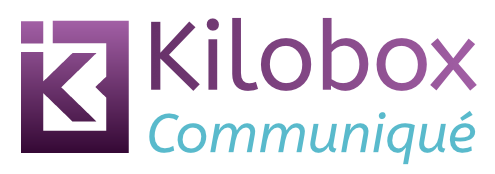Tuesday 11 Oct 2011 – third annual conference
This is an almost live blog – I’m sat in the second row.
It was very nice to be welcomed by Mike of ‘Digital Influence’ from Olgilvy; I can’t claim to have much ‘digital influence’ myself but I am professionally interested in collaboration within the enterprise, and that certainly involves software.
Mike introduced me to Derek and Mark who were able to tell me more about the Rational suite of software. I’m obviously behind the times, because while I know something of Agile Development, the Rational suite of products is new to me.
Derek and Mark explained how developing software within the Rational IDE (Integrated Development Environment) was only part of the need, as project management and decision making is also necessary, and Rational with Focal Point does all that.
What I’m getting from this is that while non-tech people may well rely on the intranet and, sadly, email, to collaborate with each other, tech people, developers and coders have their own needs and their own suite of tools.
The Architecture for a Smarter Planet – Mike O’Rourke, VP, Offerimg Strategy and Delivery; IBM Rational
Our world is becoming more instrumented, interconnected and intelligent.
Instrumented relates to all the chips, the processors that support the core service – i.e. Cars may drive, but they’re supported by tech hardware and software.
Last year, 12% of banking transactions occurred on a mobile device. Most banks expect that to reach 50% and so are preparing.
Mike’s talking about the cloud and virtualisation, which reminds me that a lot of companies don’t want to own expensive assets and don’t want to learn complex maintenance procedures. Many companies like to focus on their core activities and outsource peripheral activities (support activities) to external experts. Risk shifting.
Mike’s talking about ‘systems of systems’ and I think I know just what he means. There is no single system that our business runs on, or that or people use. Our systems have to be integrated.
Top-performing CIOs cited integration and collaboration between IT and the business as critical success factors. I know this personally; when we ‘leave’ IT to fix / deliver things, the business often fails to adopt the end result.
The most successful companies are the one’s where more people are innovating:
-
Creating higher quality products (reduces support, complaints, maintenance);
-
Reducing time to market;
- Reduce costs – making sure people are optimally placed to do the things they should do.
There’s something here about customer satisfaction, not just churning out cheaper products, faster.
Can software deliver innovation?
Mobile banking creates flexibility for people and institutions – but security, quality and different platform testing is necessary.
Cars contain more lines of code than a fighter jet. Is it well tested? Integrated in the hardware?
Ford have a key that restricts the speed of the driver – for your kids.
IBM, naturally, use their own software suite and approach to deliver to their customers. Y’gotta measure to know if you’re improving. The edict ‘thou shalt be agile’ plus the Rational software suite meant that ‘on time delivery’ jumped from 47% in 2006 to 95% in 2011.
Back in 2006, IBM were mostly using the waterfall project methods.
Mike admits that in 2009 they shipped 100% of products to customers, but that a couple of them shouldn’t have been shipped – that’s honest; he’d rather be at the 95% mark and make sure things are right.
IBM have an 8 year support lifecycle. Is that longer than Microsoft?
Collaboration – face to face is great, but isn’t always going to happen. A conversation about a certain change needs to be communicated to lots of other people, in India, across the globe. The tool itself must manage all this.
We can’t waste time managing a project plan and whiteboards and sticky notes (post-its) on the wall – not everyone has access to all this, and besides, the coders / developers are moving ahead right now.
[Wedge]




